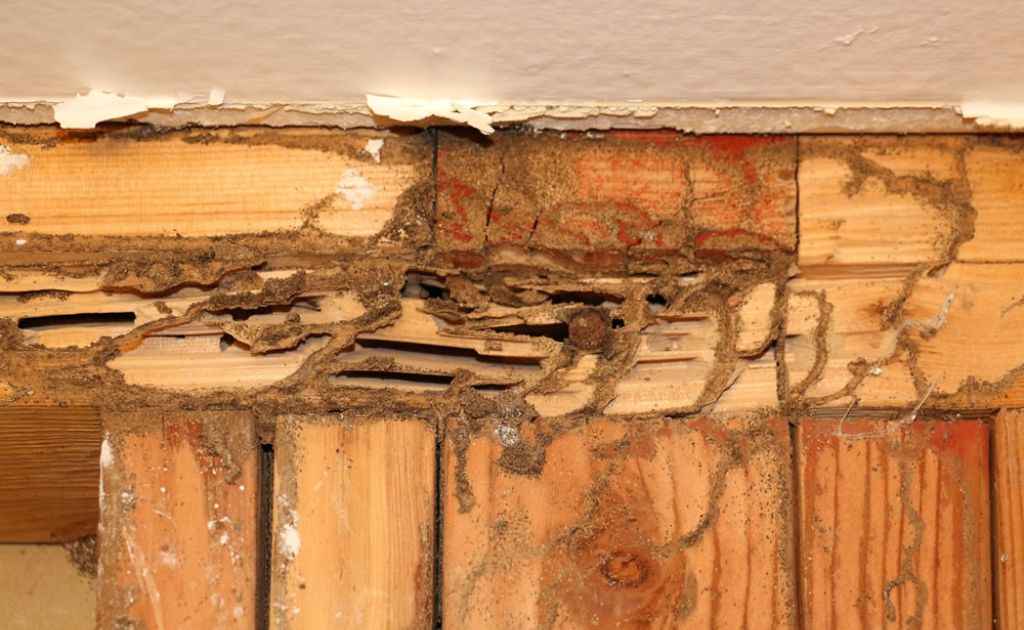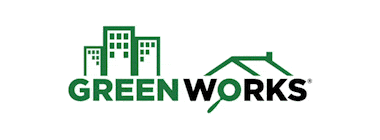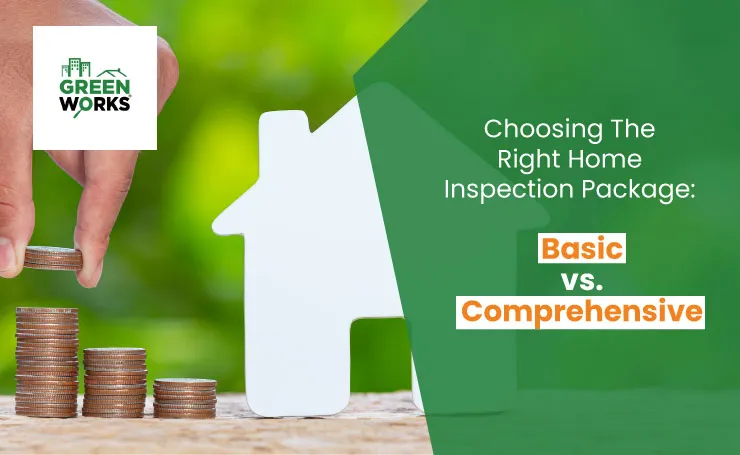Posts

What Is A WDO Inspection and Why We Need It?
Has your home’s doors and windows suddenly become difficult to open or close? Red alert: Your home’s greatest enemy is at work in its woodwork. Wood-destroying organisms (WDO) are one of the biggest threats to your home, and one of the most common signs of WDO infestation is what’s currently happening with your doors and windows. It’s reported that WDO, like termites, carpenter ants, and wood-destroying fungi, cause an estimated $5 billion worth of damage in the U.S. annually.
These tiny (often invisible) organisms pose different threats to your home’s structural integrity and safety. The process of damage starts with them silently and relentlessly chewing through wooden support beams, floor joists, and other structural components. As a result, your home’s foundation gets weakened, and its stability gets compromised.
What could be the leading results? Sagging floors, warped walls, and even the risk of partial collapse (in severe cases). Besides this, WDO infestations also create entry points for other issues to get into your property. Such issues include moisture intrusion, which further results in mold growth, wood deterioration (again), and affected building materials.
So, what should be your mitigating step to handle these issues? A WDO inspection. Let’s discuss this solution further in this blog.
What Is A WDO Inspection?
A Wood Destroying Organisms (WDO) inspection is the best way to see if any tiny creatures are secretly eating the wood in your house. Examples of such creatures are:
- Termites
- Carpenter ants
- Wood-boring beetles
- Wood-decaying fungi
What Happens During A WDO Inspection?
The inspection is carried out by a licensed professional that meticulously examines the property’s interior and exterior. The main focus of the inspection is on the areas where wood is prevalent, such as:
- Attics
- Crawl spaces
- Wooden decks
Inspectors look for the obvious and hidden signs of infestations that you often don’t notice, or if you do, then you simply ignore it because (apparently) it’s nothing big. Guess what? It is. Such signs include frass, mud tubes, hollow-sounding wood, discarded insect wings, and visible damage.
Additionally, they assess the moisture levels in the home, as high moisture areas are conducive to WDO infestations. The inspector will also evaluate the structural integrity of wood components and provide a detailed report highlighting the evidence of WDOs, the extent of the damage, and recommendations related to the treatment or repairs.
How Long Does A WDO Inspection Take?
A WDO inspection takes about 1 to 2 hours to complete, but it depends on the size and condition of the property. If your house is smaller or has less wood, it might take an hour. For larger properties with more extensive wooden structures, WDO inspections can take two hours or maybe more.
Why Is WDO Inspection Important?
A WDO inspection is important as it helps protect your property’s structural integrity and value. These inspections help identify the presence of pests that can silently and progressively damage wooden structures, leading to costly repairs and potential safety hazards.
With the early detection of WDO organisms and the issues they might have imposed, you can address infestations before they become severe. This helps prevent extensive damage and preserves your home’s value. Additionally, WDO inspections also provide you with peace of mind, ensuring that your property is free from destructive pests. So, it is safe to say that regular WDO inspections are a proactive measure to maintain a safe, sound, and valuable home.
When Should You Schedule a WDO Inspection?
You may schedule a WDO at different instances to ensure the safety and integrity of your property. You shall perform a WDO inspection before buying a home to uncover any hidden pest issues that might lead to costly repairs. If you already own a home, then you shall schedule regular WDO inspections, ideally annually or biannually – especially in areas prone to WDO infestations. This will help catch any problems early before they become expensive surprises.
Moreover, you may also schedule a WDO inspection (apart from a regular one) if you witness any signs of infestations like:
- Frass
- Mud tubes
- Damaged wood
Lastly, after any significant renovations or changes to the home’s structure, a WDO inspection can also ensure no new vulnerabilities have been introduced. By scheduling timely WDO inspections, you can safeguard your home against the destructive effects of wood-destroying pests.
How Much Does A WDO Inspection Cost?
The cost of a WDO inspection depends on different factors, such as the size of the property, its location, and, most importantly, the inspection company’s rates. However, on average, the WDO inspection can cost anywhere between $75 and $150. You can expect a higher price if your house is larger in size or requires additional services like moisture testing. So, it is better to ask for a quote directly from your preferred inspection company and review what they include in their WDO inspection service.
Conclusion
Now you must be wondering, who pays for a WDO inspection? It depends on local real estate customs and the negotiation between the parties (buyers and sellers). But, mostly, if you’re a homebuyer, then you will be typically expected to pay for the WDO inspection, and it is important to conduct one (for obvious reasons that we mentioned above). In fact, with a WDO it is also better to get a termite inspection.
However, in some cases, sellers may opt to pay for the inspection up front to attract buyers or as part of negotiations during the sale process. Clear agreements regarding who pays for the WDO inspection are usually specified in the purchase contract or negotiated between the parties involved in the transaction.
Discover expert wood care services with GreenWorks Inspections. From WDO inspections to tailored treatments, safeguard your home from termite and pest damage. Schedule your inspection today!



